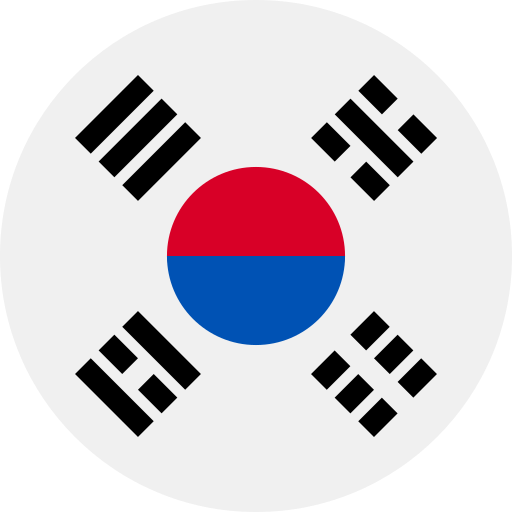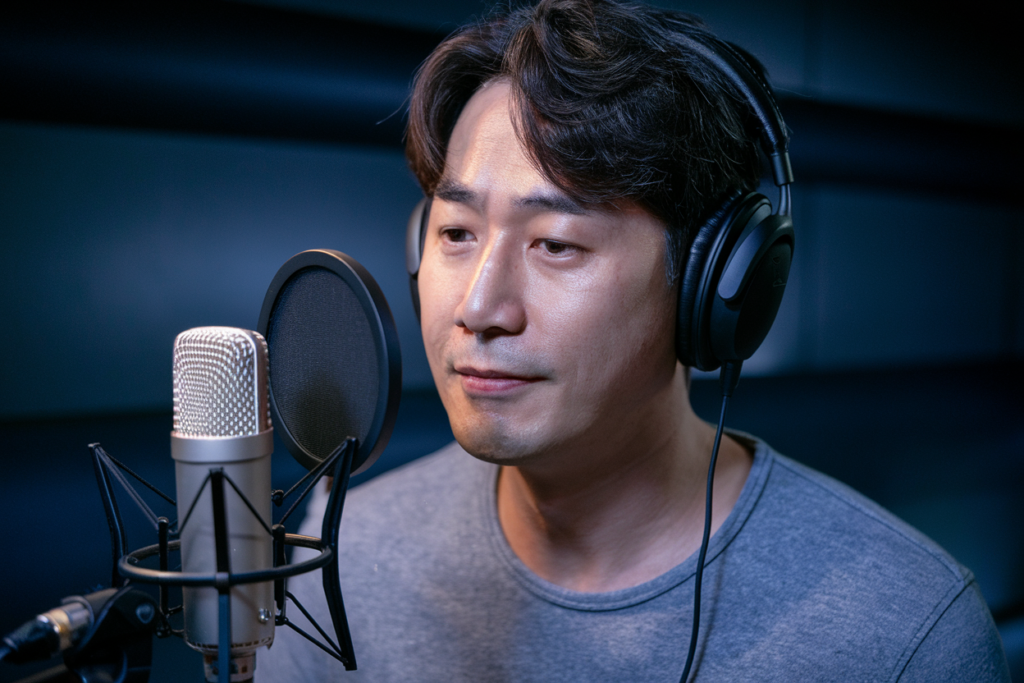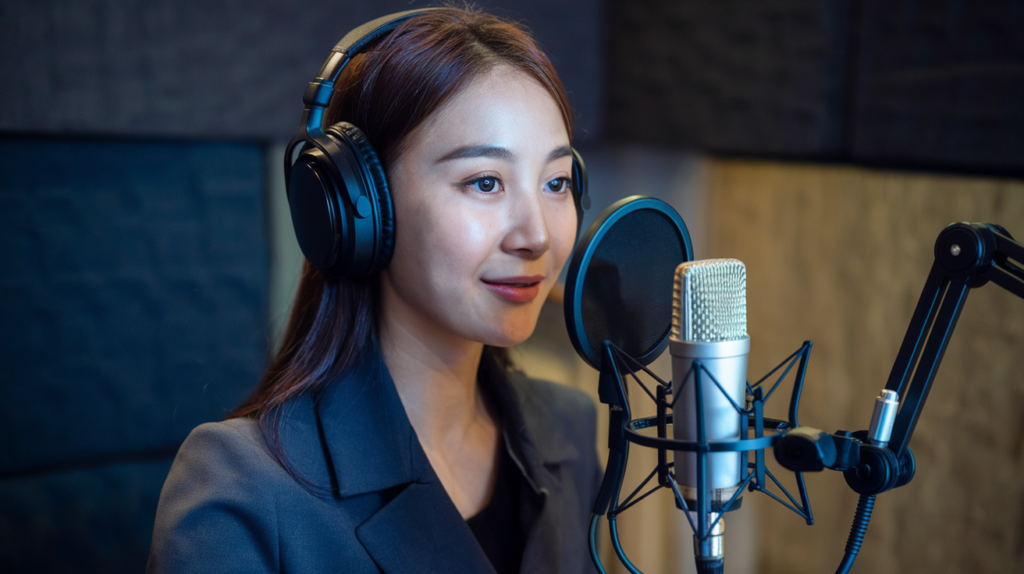Key Takeaways
- Approximately 77 million people speak Korean as their first language, primarily in South Korea and North Korea, with significant immigrant communities contributing to global fluency levels.
- Fluency is influenced by factors such as formal education, cultural exposure through Korean media, and immersive experiences like living in Korea or engaging with native speakers.
- The demand for fluent Korean speakers is rising due to the popularity of K-pop and Korean dramas, leading businesses to seek quality voice talent for various projects.
- Countries with notable populations of fluent Korean speakers include the United States (1.1 million), China (2 million ethnic Koreans), Japan (hundreds of thousands), and Canada (200,000).
- Language variations exist between North and South Korea due to cultural differences; understanding these can enhance communication skills for specific audiences.
- The increasing interest in learning Korean among non-native speakers highlights its appeal, though challenges like complex grammar and pronunciation remain for learners.
Ever wondered how many people speak Korean fluently? With the rise of K-pop and Korean dramas, interest in the language is skyrocketing. But just how widespread is this linguistic phenomenon?
Overview of Korean Language Proficiency
Korean language proficiency varies significantly around the globe. Approximately 77 million people speak Korean as their first language, primarily in South Korea and North Korea. Many also communicate in Korean within immigrant communities worldwide.
Fluency levels differ based on exposure and practice. Some individuals achieve fluency through formal education or living in Korea. Others develop skills through self-study, online courses, or immersion via K-pop and Korean dramas.
The demand for fluent speakers is rising due to cultural exports like entertainment and technology. As a result, businesses often seek voice talent who can deliver quality voiceovers in Korean for various projects—think commercials, animated films, or educational materials.
In terms of global distribution, significant populations of fluent speakers exist in countries such as the United States, China, Japan, and Canada. The number continues to grow as interest in the language surges.
While fluency involves mastering grammar and vocabulary, it also requires understanding cultural nuances. Voice artists must convey emotion and authenticity when delivering content that resonates with native speakers.
As you explore opportunities within this field or consider hiring a voice over artist for your project, remember that engaging with proficient speakers enhances communication effectiveness.
Global Korean Speakers
Korean language proficiency is expanding worldwide, driven by cultural interests and increased global connectivity. Understanding where fluent speakers reside helps gauge the language’s reach.
Distribution of Korean Speakers
Around 77 million individuals speak Korean as their first language, primarily in South Korea and North Korea. Significant immigrant communities across the globe contribute to fluency levels, particularly in countries with established ties to Korea. Fluent speakers often emerge from formal education or immersive experiences, while some achieve fluency through self-study and cultural engagement. The demand for voice talent capable of conveying authentic Korean nuances rises alongside this growing interest.
Countries with Significant Korean Speakers
Countries with notable populations of fluent Korean speakers include:
- United States: Approximately 1.1 million people speak Korean at home.
- China: An estimated 2 million ethnic Koreans reside here, many maintaining fluency.
- Japan: Several hundred thousand Koreans live in Japan, resulting in a vibrant community of fluent speakers.
- Canada: The Canadian census indicates around 200,000 individuals use Korean as their home language.
As you consider projects requiring quality voiceovers in Korean, recognizing these key demographics can guide your search for skilled voice over talent who not only understand the language but also its cultural context.
Factors Influencing Fluency
Fluency in Korean hinges on several key factors, shaping how well individuals can communicate. Understanding these influences helps gauge the level of proficiency among speakers.
Education and Learning Resources
Education plays a pivotal role in achieving fluency. Formal education offers structured learning through courses that cover grammar, vocabulary, and pronunciation. Many learners benefit from immersive environments, such as studying abroad or attending language schools in Korea. Access to quality learning resources—like textbooks, online platforms, and mobile apps—enhances self-studying efforts. Engaging with native speakers during practice sessions also enriches understanding and boosts confidence.
Cultural Exposure
Cultural exposure significantly impacts language fluency. Engaging with Korean media—such as K-dramas, music, and films—fosters familiarity with colloquial expressions and cultural nuances essential for effective communication. Participating in cultural events or communities allows learners to immerse themselves further and experience the language in context. This engagement not only aids comprehension but also prepares individuals for real-life conversations where cultural references often arise.
The combination of educational pathways and cultural experiences shapes the fluency levels of Korean speakers worldwide.
Fluency in North and South Korea
Korean fluency varies significantly between North and South Korea, reflecting differences in education, culture, and exposure to the language.
Language Variations in the Two Koreas
Language variations exist due to political separation. In South Korea, modern slang and loanwords from English enrich daily conversation. You’ll encounter terms like ”cool” or ”selfie,” widely accepted among younger generations. Conversely, North Korean dialect often leans towards more traditional vocabulary and expressions. Familiarity with these regional differences can enhance communication skills for voiceover projects targeting distinct audiences.
Fluency Statistics in South Korea
In South Korea, nearly all citizens speak Korean fluently as it’s the primary language of education and media. Approximately 99% of the population is literate in Korean, contributing to high fluency rates. Many people engage with various forms of media—like K-dramas or music—which further polishes their conversational skills. If you’re seeking voice talent for a project that demands authentic pronunciation and cultural understanding, tapping into this demographic provides access to skilled voice artists who grasp both contemporary vernaculars and traditional nuances essential for effective storytelling.
Korean as a Second Language
Korean language learning is gaining traction among non-native speakers. Many individuals are drawn to the language’s unique sounds and cultural richness, especially due to the global influence of K-pop and Korean dramas.
Popularity Among Foreign Learners
The rise in interest for Korean can be seen across various demographics. Numerous learners engage with the language for personal enrichment, professional opportunities, or cultural appreciation. In fact, statistics show that thousands enroll in formal classes each year. Platforms like online courses and language exchange programs make it easier than ever to connect with native speakers and practice conversational skills. This growing enthusiasm not only increases fluency levels but also enhances understanding of cultural references crucial for effective communication.
Challenges Faced by Learners
Despite its appeal, mastering Korean presents challenges. For many learners, navigating complex grammar structures can feel daunting. Additionally, pronunciation plays a significant role; subtle differences can change meanings entirely. Exposure to authentic spoken Korean through media helps bridge this gap, yet some may struggle without immersive experiences or consistent practice.
Engaging with voiceover content in Korean serves as an excellent resource for improving listening skills and accent refinement. It allows learners to hear natural speech patterns while enhancing vocabulary through contextually rich narratives. As more people seek out skilled voice talent fluent in Korean, understanding these challenges becomes essential for anyone looking to communicate effectively within this vibrant linguistic landscape.
Conclusion
Korean is more than just a language; it’s a dynamic bridge between cultures. With millions of fluent speakers worldwide the interest in mastering Korean continues to grow. As you explore this fascinating language you’ll find numerous resources that can help enhance your fluency.
Whether you’re drawn by K-pop or the rich storytelling of Korean dramas engaging with the language opens doors to new experiences. Understanding its nuances will not only improve your communication skills but also deepen your appreciation for Korea’s vibrant culture. Embrace this journey and connect with the thriving global community of Korean speakers.
Frequently Asked Questions
How many people speak Korean fluently worldwide?
Approximately 77 million people speak Korean as their first language, primarily in South Korea and North Korea. There are also significant immigrant communities around the world contributing to the number of fluent speakers.
What factors influence fluency in the Korean language?
Fluency is influenced by formal education, immersive environments, and access to quality learning resources. Engaging with Korean media and cultural events also plays a crucial role in enhancing conversational skills and understanding cultural nuances.
Where are the largest populations of fluent Korean speakers located?
The largest populations of fluent Korean speakers can be found in South Korea, North Korea, the United States (about 1.1 million), China (around 2 million ethnic Koreans), Japan (several hundred thousand), and Canada (approximately 200,000).
Why is there a growing demand for fluent Korean speakers?
The rising interest in K-pop and Korean dramas has led to increased demand for skilled voice talent capable of delivering quality Korean voiceovers. This trend is driven by businesses seeking authentic representation in media projects.
How do fluency levels differ between North and South Korea?
In South Korea, modern slang and English loanwords are common among younger generations. In contrast, North Korea uses more traditional vocabulary due to political separation. Literacy rates are high in South Korea at about 99%, contributing to widespread fluency.
What challenges do learners face when studying Korean?
Mastering Korean can be challenging due to its complex grammar rules and pronunciation. However, engaging with voiceover content helps improve listening skills by exposing learners to natural speech patterns within contextually rich narratives.
How can non-native speakers learn Korean effectively?
Non-native speakers can enhance their skills through formal classes, online courses, or language exchange programs with native speakers. Engaging with cultural content like K-dramas also aids in improving conversation abilities while fostering deeper cultural appreciation.







